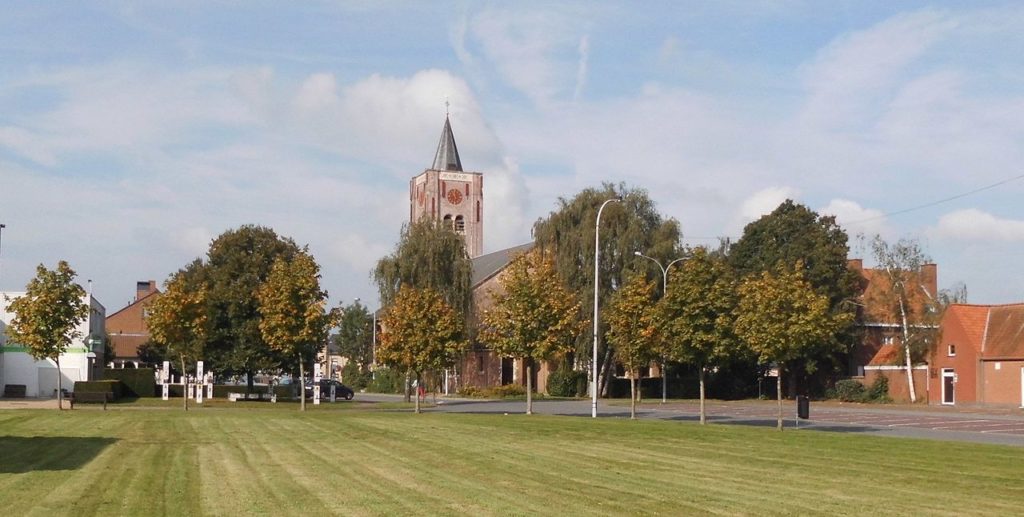One of the issues that emerged from the meeting of the consultative committee with experts yesterday was the importance of identifying the clusters, or hot-spots, of the current flare-up in the number of new infections.
In its plans for a second wave of the epidemic – which now seems to be upon us – the national security council considered the emergency measure of introducing a limited lockdown – on a provincial or even more local level.
That is an admission of the fact that a nationwide lockdown, as happened in March and which has still not been entirely lifted, would be an absolute catastrophe for the economy, and would stand little chance of being respected by the population.
So the important thing now is to identify where these new cases are coming from, so that steps can then be taken to treat and isolate the infected person, trace their contacts and test and isolate them, too.
"Once the transmissions spread beyond the cluster area, the risks of propagation are greater because they are difficult to control,” explained epidemiologist Yves Coppetiers of he ULB.
“When a cluster is identified, it is absolutely necessary to isolate it and test all of its occupants and put them quarantine for at least seven days, and then test again after quarantine.”
The threshold for official concern is set at 20 cases per 100,000 residents. Clearly, most of the country’s 581 communes do not have that many residents, but the calculation allows comparisons to be made.
The federal health institute Sciensano compiles the figures for every commune in the country, giving the number of cases in the last seven days, the population, and the incidence – the number of cases per 100,000 residents.
The threshold incidence of 20 does mean that smaller communes trigger concern with very few cases. For example, in the most troubled province, Antwerp, Lint and Hove have only two cases each, with populations of 8,700 and 8,100 respectively. The same is true for Ardooie (pop. 9,100) and Lendelede (5,700) in West Flanders.
Those small communes are considered on a par with the city of Antwerp (525,900 residents) which has 199 cases; with Heusden-Zolder (33,700) in Limburg with 23 cases and with Grimbergen in Flemish Brabant (37,500) with 11 new cases.
In Wallonia, Braives in Liege province has the highest incidence of 94 per 100,000 population, though the population is only 6,400 and five cases. Quévy in Hainaut with a population of 8,400 has an incidence of 25 with only 2 cases.
In Brussels, perhaps surprisingly for such a leafy commune, Watermael-Boitsfort has the highest incidence at 52, ahead of the more urban, populous and diverse St-Gilles (10), Schaerbeek (17) and St-Josse (4). Brussels-City comes in at an incidence of 7, with the highest population of all (181,700), but only the fourth highest number of cases (12), behind Schaerbeek (23), Anderlecht (13) and Watermael-Boitsfort (also 13).
While Antwerp as a municipality has the largest population, and the largest number of cases, the incidence per 100,000 residents is only 14th on the list of the worst-hit municipalities, with 38 cases per 100,000 residents.
Compare that with Ledegem in West Flanders, with 20 cases for 9,700 population, and an incidence of 206.
And Ledegem is a perfect illustration of how a cluster forms.
A family from Ledegem held a family party in a holiday park in the Netherlands, after which no fewer than 12 members of the party who attended tested positive. That is good, albeit very simple, contact tracing at work. And that is the sort of reaction that needs to be able to be carried out all over the country, should the need arise.
NB: The figures used in this article were published by Sciensano on Sunday 19 July, covering cases reported up to 18 July. The table of figures changes daily.
Alan Hope
The Brussels Times

